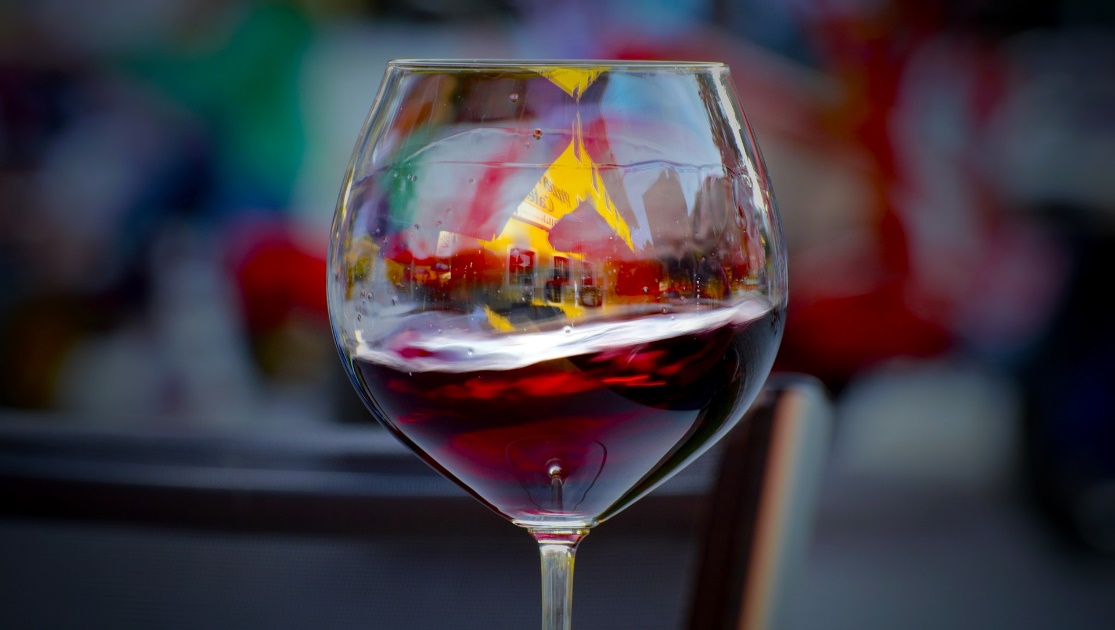|
|
Module 6: Adjusting your organisation to the requirements of Open Innovation |
|
|
Ewa Kopczynska |
|
|
Adjusting your organisation to the requirements of Open Innovation (this is going to be the link) |
|
Upon completing this module, you should be able to: |
|
LOCAL CASE/EXAMPLE
Wine industry for decades has been highly traditional, with a strong primacy of European wine producers. But 1990s with fast technological development and dropping barriers to international trade created a significant risk to traditional wine countries, as France, Italy, Portugal or Spain. Wines from Australia, USA, Chile or Argentina started to quickly increasing exportation and conquering new markets, including European market. The newcomers brought a fresh, innovative perspective to previously well-established market. At the same time, following the entry to European Union, grape growers in Portuguese Douro region, that traditionally sold their grapes to Portwine producers, spotted a new business opportunity to diversify into wine production and create individual wine brands. However, their efforts to internationalise faced significant barriers. From one side, despite strong wine tradition of the region, it has been associated strictly with Portwine production, while it was not recognised as a quality zone for still wines. From the other, their market entry timing was corresponding to the period of growing interest in oversees wines in Europe and growing international competition. The fact that Douro region was not recognised, made access to shelf space across European shops highly difficult, even though the region has nearly 2000 years of tradition of production of wine. So how has it happened that the Douro wine has increased its presence on shelfs and in wine collections across Europe and beyond?
The answer lies in collaboration of multiple agents, and especially among competing at the local market wine producers. One of the top examples is known as the Douro Boys. In 2003, 5 local grape growers and wine producers decided to build an alliance to overcome the lack of recognition for Douro wines. They built an informal network focused on investing together in public relations. They collaborate regarding region image, by organising professional presentations, seminars and tastings of Douro wines across the world, jointly participating in industry events, issuing press releases, and collaborating on communication strategy to wine experts. How is the collaboration organised? No formal structure has been created. The 5 companies’ joint commitment is built on personal relationship. While the firms are showing their wine together and collaborate for recognition of Douro region as a high-end wine region, they still work individually and compete for the market share. The cooperation is neither formal, neither product oriented. So how does it showcase innovation? The Douro Boys turned their informality into specific strategy to stand out on a highly traditional and attached to formalities industry. While traditional wine brands attached their image to serious old classic luxurious emblems, as French chateaux, they contributed to putting Douro region ‘on the industry map’, by embracing their typical structure of family-owned farms with direct connection to earth and informal attitude.

Image by Moshe Harosh from Pixabay
While sophisticated knowledge base and presentations were developed to clearly and in a professional way build awareness of experts and wine lovers about the special characteristics and historical heritage of Douro region and regarding the distinctive quality of produced there wines during dedicated seminars, industry events and through other communication efforts, but the opportunities to taste the wine itself were designed to be informal and relaxed. Parties and unconventional events were hold by the Douro Boys to promote the wine itself. A Vinexpo in Bordeaux became a scene of legendary pool parties organised by Douro Boys, where in opposition to serious elegant parties of the competition, guests would enjoy their time and wine in trunks and commonly getting a chance to take a dive into the pool. Their made their informal attitude the distinctive characteristic in the industry. Breaking with the traditional wine convention helped in gaining attention and recognition for the quality of the product itself. While companies belonging to the Douro Boys network have beyond communication their individual business strategies, despite being too small to put Douro wine on the international wine map on their own, they all became successful wine exporters with presence in multiple countries of Europe, America, and Asia. The key to their success was a clearly defined deficit of resources that each of them struggled with and understanding that with help of similar size companies with similar business culture and ambitions they can achieve what none of them could do alone. By focussing on what united them, embracing culture of innovation and finding a smart way to make it into their unique competitive advantage, the partnering companies managed to achieve highly difficult task of gaining a market share on highly maturated and still increasing in competition market[9][10].
